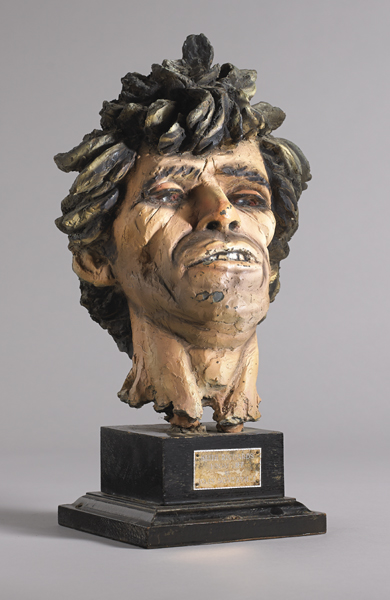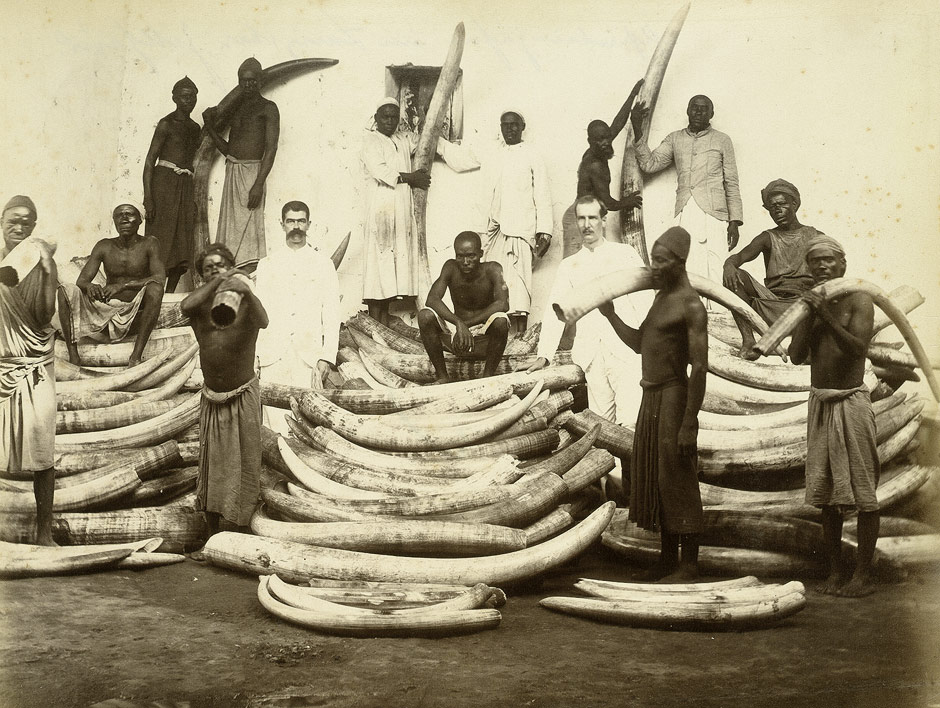
Ivory became "white gold," much of it smuggled.

Efficient guns and shipping enabled market-driven elephant killing for profit. It involves ivory trade, elephant hunting, colonization, increasingly deadly weapons, human population growth, expanding agriculture, corrupt governments, and political folly. Somerville outlines the modern history of man and African elephant. Somerville explains: "Ivory's allure was such that potentates from as far apart as the Egyptian, Chinese, Greek, Roman, European baroque and Tsarist Russian empires and, currently the emerging Chinese business elite, valued it as a symbol of wealth, beauty and status" (15). Early trade was disorganized, moving across the Mediterranean or Indian Ocean, or along the Nile. In early urban cultures, however, ivory came to be valued for its decorative utility. Ivory remained a minor factor in most areas. Long before European incursion, Africans hunted elephants for meat, hides, and to protect farms. He postulates only with sufficient evidence. Outlining conflict between fact and political claims, between rival NGOs, between data and propaganda, Somerville helps us appraise the likely outcome. Calmly, coolly, he writes: "In 2013, a new form of poaching developed … cyanide poisoning … at least 100 elephants died when industrial-grade cyanide was put in watering holes along well-used elephant trails" (213). There are no moral lectures here, no gory description of slaughter.

Keith Somerville analyzes available data about elephants and ivory, past and present, in Ivory Power and Poaching in Africa.

A recent email from reads: "In our lifetime, we could live in a world with no elephants, rhinos, or gorillas." The African elephant population has dropped so much over two centuries we hear claims they are near extinction. In our modern era, African elephants survive only south of the Sahara. Six thousand years ago, elephants roamed Syria, Tunisia, and China. People are the primary predators of elephants.


 0 kommentar(er)
0 kommentar(er)
